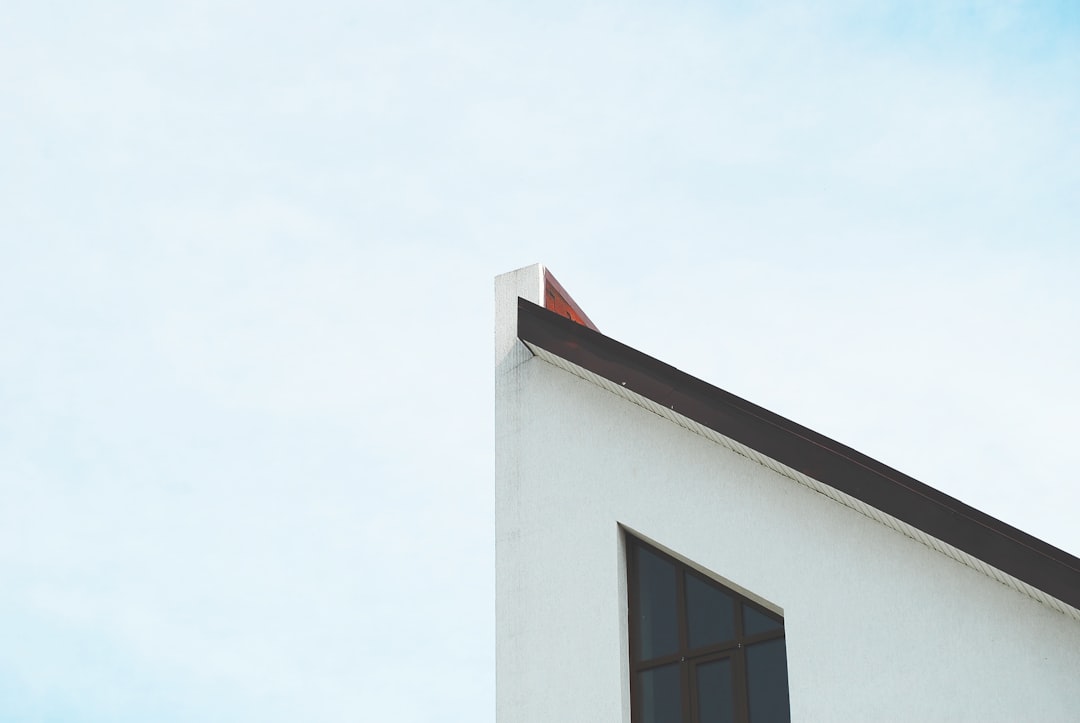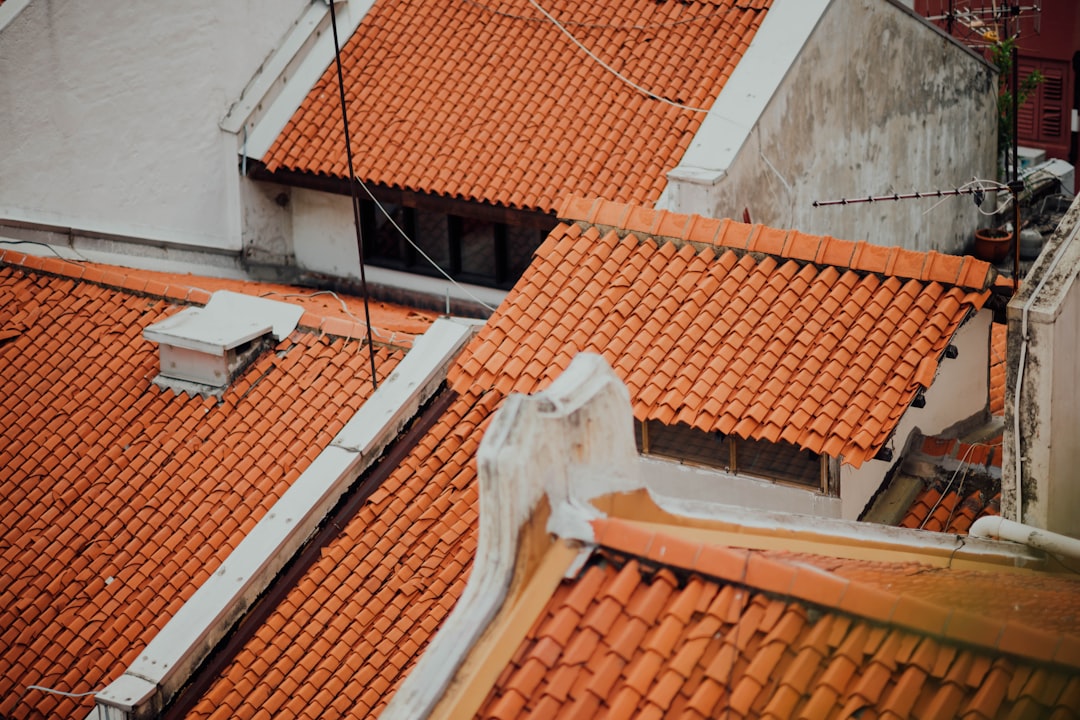Regular roof inspections in Miami-Dade are essential due to the unique climate challenges faced by homeowners in this subtropical region. The intense sun, heavy rains, and hurricane threats can cause severe wear and tear on roofing systems, often leading to costly damages if left unchecked. This article will explore the critical importance of periodic roof assessments, focusing on identifying early signs of damage, mitigating risks associated with weather extremities, and preserving the lifespan of roofs. We will also highlight effective maintenance practices, the role of professional inspections, and key products from leading roofing manufacturers such as GAF Roofing and Owens Corning that are designed to withstand Miami’s demanding environment. By understanding these factors, homeowners can protect their investments, improve safety, and ensure resilience against Miami-Dade’s harsh climatic conditions.
The importance of regular roof inspections in Miami-Dade
In a region like Miami-Dade, where weather conditions fluctuate markedly throughout the year, the roof of any home or business stands as the first line of defense against the elements. Subtropical heat, heavy rainfall, relentless ultraviolet rays, and the looming presence of hurricanes make maintaining a durable roof especially challenging. Regular roof inspections are not just preventive measures; they are a necessity that protects property value, prevents extensive damage, and safeguards occupants’ welfare. Sliding under the radar often are minor defects hidden to the untrained eye that can escalate quickly. By scheduling systematic evaluations, Miami-Dade residents can detect problems early, avoid costly repairs, and optimize maintenance investments.
Furthermore, given that the roofing industry in Miami integrates materials from renowned manufacturers such as CertainTeed, IKO Roofing, and Johns Manville, understanding the specifics of these products within inspection routines becomes crucial. Effective inspections incorporate both visual and technical assessments to ascertain any wear, tear, or hazard potentials. This article dives into the significance of regular checks, what to look for, and best practices tailored specifically for Miami-Dade’s climate.

Understanding Miami-Dade’s Climate Impact on Roof Durability
Miami-Dade’s climate plays an undeniable role in how roofing materials age and perform over time. The city’s tropical weather, with its annual high temperatures, humidity, and intense sun exposure, accelerates deterioration and stresses roofing components. Homeowners must comprehend these unique environmental influences to prioritize regular inspections adequately.
Effects of UV Radiation and Heat on Roofing Materials
Continuous exposure to ultraviolet (UV) radiation causes several adverse effects on roof shingles and membranes. The UV rays degrade the protective granules on asphalt shingles from manufacturers like TAMKO Building Products and Atlas Roofing, leading to brittleness and increased vulnerability to cracking. Heat also causes expansion and contraction cycles that gradually warp roofing materials.
- Material degradation: Repeated UV exposure weakens binders in shingles, causing them to lose flexibility.
- Color fading: Aesthetic damage reduces curb appeal and may indirectly signal structural wear.
- Thermal stress: Heat-induced warping results in gaps or misalignment, impairing roof integrity.
High Humidity and Mold Growth Risks
Miami-Dade’s humidity fosters mold, mildew, and algae growth on roofs, especially on materials like fiberglass and organic shingles. This biological growth not only damages roofing materials but also deteriorates seals and insulation. Alleys in shaded or poorly ventilated roof areas become hotspots for such infestations.
- Structural damage: Mold can penetrate deeper layers, weakening structural supports.
- Decreased insulation efficiency: Moisture accumulation impairs thermal resistance.
- Health hazards: Mold spores can affect indoor air quality, posing risks to occupants.
Impact of Miami’s Frequent Heavy Rains and Hurricanes
Rain and storm activity place significant stress on roof systems. Leaks often develop from loose shingles, punctures, or clogged gutters. Hurricanes exacerbate this by delivering intense wind pressures and flying debris impacts, demanding roofing materials with proven wind resistance, such as products by Duro-Last Roofing and Carlisle SynTec Systems.
- Water infiltration: Causes interior damage including mold and rot.
- Shingle displacement: Strong winds dislodge roofing materials, exposing underlying layers.
- Debris damage: Tree limbs or construction debris can create tears or holes.
| Climate Factor | Potential Roof Damage | Preventative Measures |
|---|---|---|
| UV Radiation & Heat | Shingle brittleness, fading | Apply reflective coatings, schedule inspections every 6 months |
| Humidity | Mold growth, seal deterioration | Maintain ventilation, clean gutters regularly |
| Rain & Hurricanes | Leaks, shingle loss, structural damage | Inspect post-storm, reinforce with wind-resistant materials |
The importance of aligning maintenance plans with these climate challenges cannot be overstated to maintain roofing effectiveness in Miami-Dade.
Critical Indicators to Monitor During Regular Roof Inspections
Frequent roof inspections involve more than a cursory glance at the surface; they require meticulous attention to detail in spotting early damage signs. Experienced inspectors target a checklist that ensures maximum protection from potential deterioration.
Visual Signs of Membrane and Shingle Damage
Inspectors examine condition and placement of shingles, particularly noting any issues such as:
- Missing or loose shingles: Critical to prevent water infiltration and wind uplift.
- Curling or buckling: Indicates moisture retention or aging materials.
- Cracks or breaks in tiles: Compromise roof waterproofing.
Identifying Mold, Mildew, and Algae Growth
Dark streaks, greenish patches, or fuzzy growth signify biological activity. These need immediate attention to prevent further material decay and health risks.
Ventilation and Structural Assessment
Inspectors verify:
- Proper vent operation: Ensures humidity control and temperature regulation beneath the roof deck.
- Signs of sagging or unevenness: Often caused by water damage or material fatigue.
- Evidence of pest activity: Termites or rodents that can undermine roofing supports.
Using tools such as moisture meters and drone technology from trusted companies ensures thorough evaluation without the risk of human error or oversight. For example, Owens Corning uses advanced testing for improved durability assessments.
| Inspection Focus | Why It Matters | Typical Symptoms |
|---|---|---|
| Shingle condition | Prevents leaks and weather damage | Missing, curled, cracked shingles |
| Biological growth | Prevents structural decay and health risks | Mold, algae, mildew patches |
| Ventilation | Controls roof temperature and moisture | Blocked or insufficient vents |
Homeowners interested in scheduling professional inspections can find valuable guidance on proper frequency and techniques at tspaintingpro.com/roof-maintenance-miami-dade-3.

Choosing the Right Products and Materials for Miami Roofs
Selecting roofing products suited to Miami’s demanding climate plays a vital part in building resilience. Not all materials withstand the intense sun, humidity, and violent storms equally well. Trusted brands have developed tailored solutions to these challenges.
Leading Roofing Manufacturers & Their Benefits
- GAF Roofing: Offers durable shingles with superior algae resistance and wind uplift ratings well-suited for hurricane zones.
- CertainTeed: Known for energy-efficient roofing products that incorporate reflective technology minimizing heat absorption.
- IKO Roofing: Provides innovative asphalt shingles balancing affordability and performance in subtropical climates.
- Atlas Roofing: Focuses on high-strength protective coatings and granules that resist weathering.
- TAMKO Building Products: Supplies versatile roofing solutions tailored for high humidity environments.
- Johns Manville: Specializes in commercial-grade membranes with exceptional durability.
- Duro-Last Roofing & Carlisle SynTec Systems: Renowned for single-ply roofing systems engineered to withstand Miami’s hurricane-force winds.
- Polyglass USA: Offers polymer-modified bitumen membranes offering top waterproofing capabilities.
Choosing any of these suppliers ensures a roofing system designed to meet Miami-Dade’s weather demands. Many of these options come with warranties contingent on regular inspections and maintenance, reinforcing the importance of systematic roof check-ups.
Installation and Maintenance Considerations
A roof’s performance in Miami also hinges on expert installation aligned with Florida Building Code standards, such as those detailed in Miami-Dade County’s PDF inspection guidelines. Maintenance, including cleaning gutters, timely repairs, and applying sealants, complements material benefits.
Tools and resources for effective roof care, including detailed checklists and caulk and sealant guides, are accessible at tspaintingpro.com/roof-maintenance-checklist-miami and tspaintingpro.com/caulks-sealants-guide, offering valuable support for proactive homeowners.
Executing Regular Roof Inspections: Best Practices and Timing
Establishing a routine for roof inspections ensures sustained protection and early intervention, invaluable in areas such as Miami-Dade.
Inspection Frequency Recommendations
- Annual Checks: At a minimum, roofs should be inspected yearly to catch gradual wear or emerging defects.
- Biannual Inspections: For older roofs or those affected by storms, a six-month interval is wiser.
- Post-Storm Assessments: After hurricanes or tropical storms, immediate inspections are crucial to detect hidden damages that could worsen.
Integrating Professional Expertise
While some homeowners conduct basic visual checks, engaging licensed roofing inspectors ensures thorough examinations. These professionals use drones, infrared scanners, and moisture meters to detect issues invisible to the naked eye. Partnering with Miami-based services, familiar with local challenges and manufacturer requirements, maximizes inspection effectiveness.
Damage Documentation and Reporting
Detailed reporting including photographs and condition assessments enables better repair planning and insurance claims. Many Miami contractors offer digital inspections with real-time uploads, simplifying maintenance management.
| Inspection Timing | Purpose | Recommended Actions |
|---|---|---|
| Annual | General condition and maintenance | Basic repairs, debris removal |
| Biannual | Older roofs or prior damage | Evaluate wear, plan preventive work |
| Post-Storm | Damage assessment | Immediate repairs to prevent escalation |
Consulting resources like tspaintingpro.com/roof-maintenance-miami-dade can provide tailored advice on when and how to schedule these inspections effectively.
Proactive Maintenance Tips for Miami-Dade Roofing Systems
In addition to regular inspections, practical maintenance actions can significantly prolong a roof’s life and performance under Miami-Dade’s climatic stresses.
- Routine Gutter Cleaning: Prevents water backup and potential leaks by ensuring unobstructed drainage.
- Pruning Overhanging Branches: Reduces risks of physical roof damage during storms; prevents debris accumulation.
- Applying Protective Roof Coatings: Reflective or sealant coatings from trusted brands help reduce heat absorption and shield roofing material from moisture.
- Ventilation Improvements: Proper airflow inhibits mold growth and balances roof temperature.
- Regular Debris Removal: Keeps roofing surfaces clear from leaves, algae, and other harmful substances.
These preventative methods complement the detailed inspection routines and make repairs more manageable and less frequent.
Additional Recommendations for Maximizing Roof Longevity
- Prompt Repair of Minor Damage: Fixing loose or missing shingles early avoids escalation into structural issues.
- Annual Professional Cleaning: Expert roof cleaning targets moss, algae, and dirt that DIY efforts may miss.
- Monitoring Interior Signs: Watch for water stains or ceiling discoloration as clues for unseen roof problems.
- Leveraging Manufacturer Warranties: Follow maintenance guidelines to keep warranty coverage valid.


